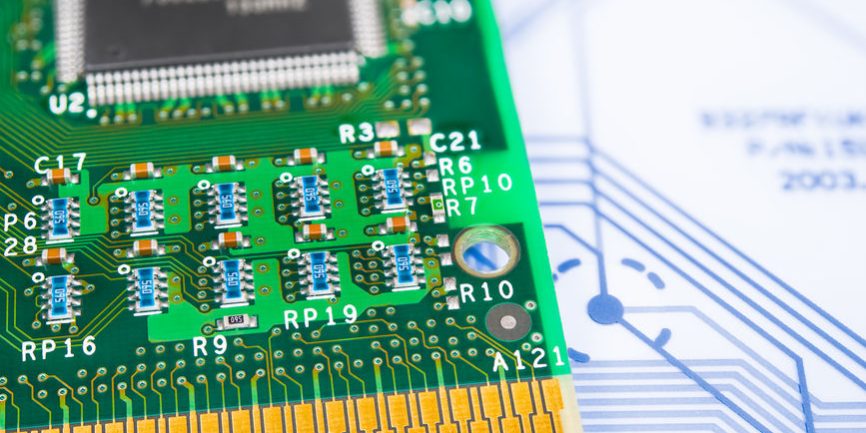Before Surface Mount Technology, through-hole circuits were the industry standard. They require holes to be drilled on the board. Then, components were mounted on the side of the board by threading their leads through matching holes (hence the name).
Though it was relatively simple, through-hole connections don’t allow for much automation of boards’ manufacturing process, as matching components up with the right holes takes time. To answer this problem, SMT was created, and since then, it has become the standard for manufacturing PCBs, which is why taking an SMT soldering course is vital for the assembly staff of EMS companies.
This article will discuss the key benefits of Surface Mounted Technology (SMT) and how electronics manufacturers can drastically improve their output quality by letting their workforce undergo surface mount soldering training.
What Is SMT?
Surface Mount Technology is characterized by the direct placement of components onto the Printed Circuit Board (PCB). This placement results in Surface Mount Devices (SMD), and these devices are much smaller, lighter, have short pins, and either have smaller leads or no leads at all. This method has many advantages in electronics manufacturing, such as the following:
Ease of assembly
Without through-holes that need to be drilled on the boards, manufacturers can easily get PCB’s out more quickly. This speed helps reduce the likelihood of mistakes occurring during the assembly. In turn, there’s less risk of losing production time.
Self-Correction
SMT can self-correct during production, allowing for seamless assembly. This is due to the solder surface tension that forces components to align with the solder pads, reducing placement errors.
Quality Control
Because of SMT’s standardized design and components, the assembly process is done in the same manner each time. This improves the quality of output exponentially. Moreover, it opens up opportunities to automate fabrication.
Reduced Cost
With easier assembly and smaller boards, you can significantly lower your manufacturing costs. Having lighter boards also means reduced shipping costs. You can then pass these cost savings down the supply line to your customers.
Greater Flexibility
The smaller size of these SMT’s allows for more design flexibility. The reason for this is the board’s high component density, which enables you to place more components in a smaller space without sacrificing the capabilities and performance you’d find in a larger board.
Moreover, SMT allows more connections to each component, more ways to mount boards, and more design possibilities like combining SMT and Through Hole manufacturing on the same board for greater functionality.
Better Stability
SMT connections can withstand vibrating mechanical conditions present during the manufacturing process of the circuit board. This means that you’ll have sturdier boards that can’t be easily damaged by shakes or drops, allowing for better performance delivery.
Eco-Friendliness
SMT emits less radiation compared to other technologies, allowing for better electromagnetic compatibility. This is due to smaller deliverables with lower leads, which reduce the radiation loop area and the RF interference.
Final Thoughts
One way to maximize the benefits of SMT is by enrolling your assembly staff in an SMT soldering course. This helps enhance their current soldering knowledge and skills, which in turn drastically improves their output quality while maintaining compliance with current IPC and industry standards. Use the benefits of SMT to your advantage. Enroll your workers in a comprehensive surface mount soldering training course. Call Blackfox today at (888) 837-9959.






